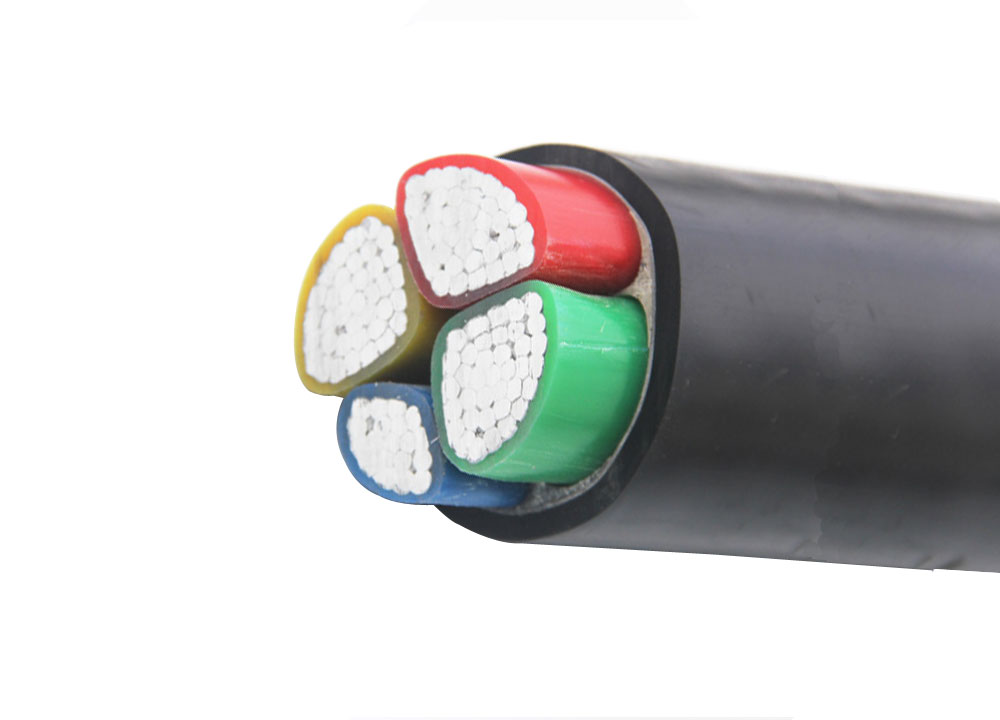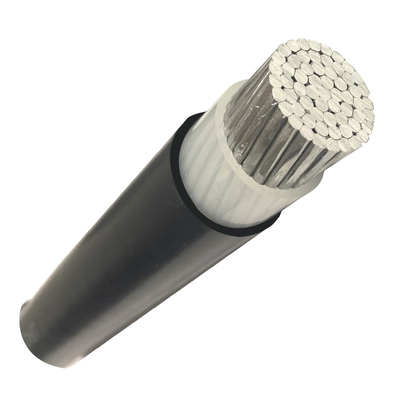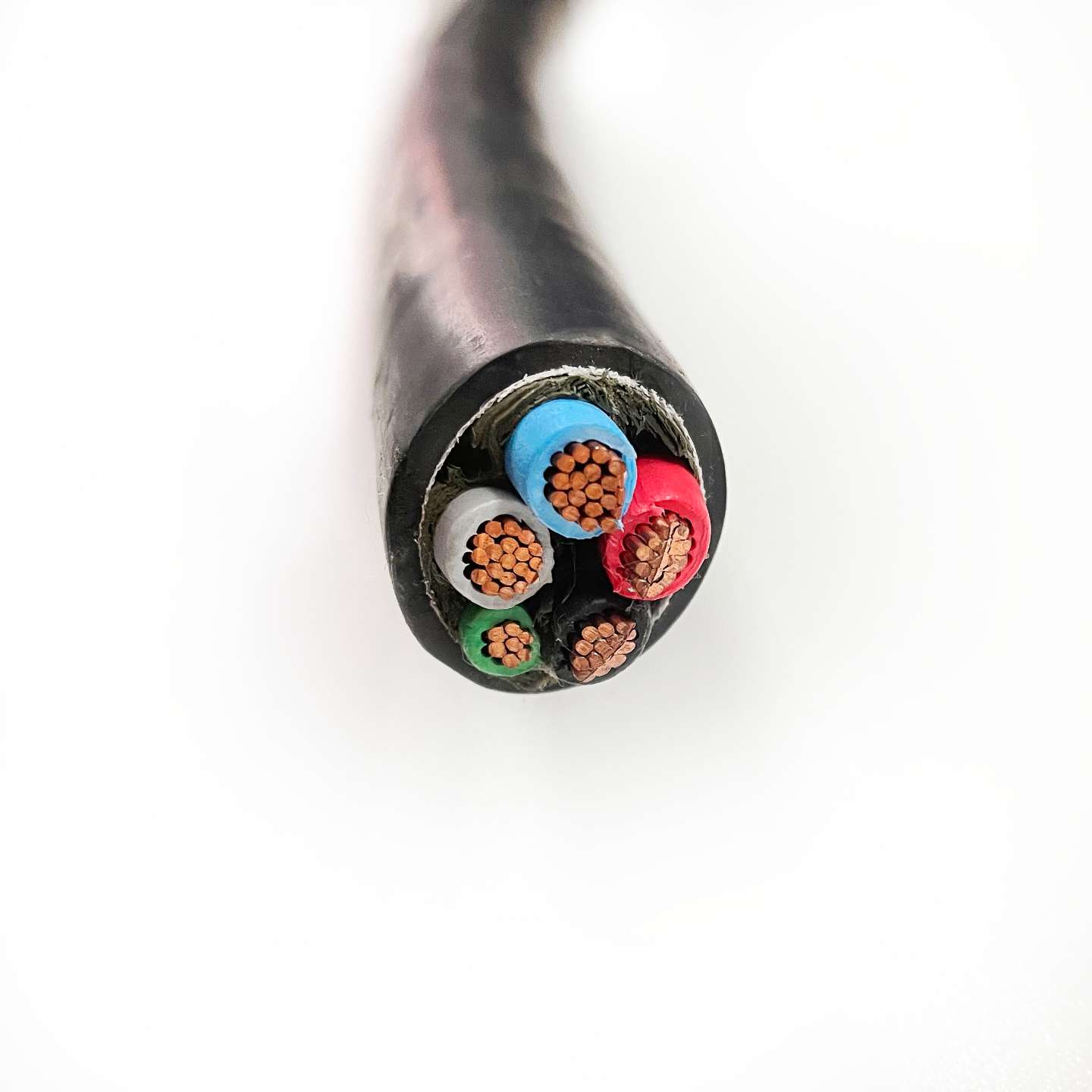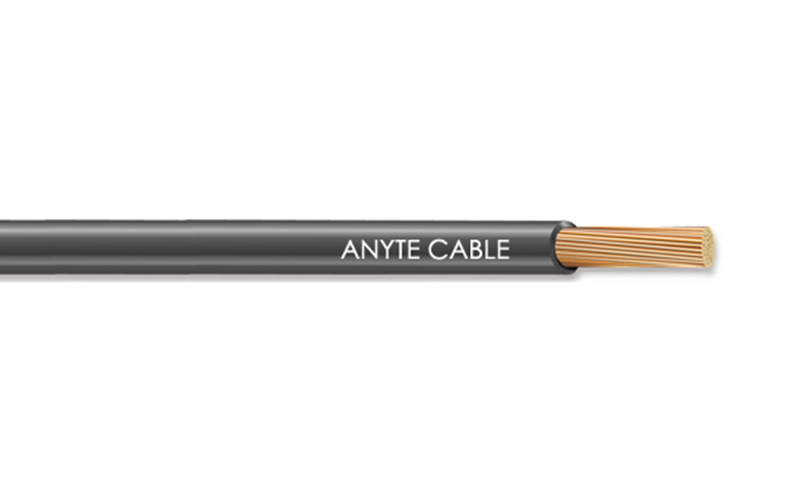견고하고 내구성이 뛰어난 케이블 솔루션을 찾고 계신가요? 알루미늄 케이블이 최선의 선택일 수 있습니다. 고품질 알루미늄 케이블은 강도, 내구성, 내식성 등 많은 장점이 있습니다. 또한 케이블은 다양한 유형으로 제공되므로 필요에 맞는 완벽한 케이블을 찾을 수 있습니다. 알루미늄 케이블을 설치할 때는 안전하고 성공적인 설치를 위해 적절한 팁을 따르는 것이 중요합니다.
이익
1.1 내구성 향상
알루미늄 와이어는 내구성이 뛰어나 다양한 용도로 사용할 수 있는 탁월한 선택입니다. 이 유형의 케이블은 많은 마모를 견딜 수 있어 열악한 환경에서 사용하기에 좋습니다. 또한 알루미늄 케이블은 부식에 강해 시간이 지나도 녹슬거나 부식되지 않습니다. 따라서 습한 환경에서 사용하기에 이상적입니다.
1.2 내식성 향상
알루미늄 와이어는 일반적으로 높은 내식성 때문에 선택됩니다. 알루미늄은 비철금속으로 철이 전혀 포함되어 있지 않기 때문입니다. 철은 부식 및 녹이 슬어 케이블을 손상시킬 수 있는 것으로 알려져 있습니다. 따라서 알루미늄은 습기나 기타 부식성 물질에 노출될 수 있는 케이블에 더 적합한 소재입니다.
1.3 무게 감소
알루미늄 케이블는 무게 절감 특성 때문에 종종 선택됩니다. 구리보다 가벼운 소재이기 때문에 운반 및 설치가 더 쉽습니다. 따라서 케이블의 전체 수명 기간 동안 상당한 비용 절감 효과를 얻을 수 있습니다.
올바른 알루미늄 케이블을 선택하는 방법
2.1 알루미늄 케이블의 종류
알루미늄 케이블에는 외장형, 비장착형, 피복형 등 세 가지 주요 유형이 있습니다. 필요에 가장 적합한 케이블 유형은 사용 환경과 필요한 보호 수준에 따라 다릅니다. 외장 케이블은 실외에서 사용하기에 가장 적합하고, 비장식 케이블은 실내에서 사용하기에 가장 적합합니다. 재킷 케이블은 실내와 실외에서 모두 사용할 수 있는 훌륭한 다목적 옵션입니다.

2.2 케이블을 선택할 때 고려해야 할 사항
알루미늄 케이블을 선택할 때는 몇 가지 요소를 고려해야 합니다. 첫 번째는 정격 전압입니다. 케이블이 사용 중인 장치의 전압을 처리할 수 있는지 확인하세요. 두 번째는 미터입니다. 케이블의 게이지란 전선의 두께를 의미하며, 게이지가 전류가 흐르는 전류에 적합한지 확인해야 합니다. 마지막으로 고려해야 할 요소는 케이블의 길이입니다. 장치를 연결하기에 충분한 길이의 케이블을 선택해야 합니다.
2.3 알루미늄 와이어 설치 방법
좋은 품질의 알루미늄 케이블을 설치하는 것은 비교적 간단한 과정이지만 몇 가지 유의해야 할 사항이 있습니다. 첫째, 케이블이 필요에 맞는 크기인지 확인하세요. 너무 작거나 너무 큰 케이블을 사용하고 싶지 않을 것입니다. 둘째, 작업에 적합한 도구가 있는지 확인하세요. 케이블 커터, 전선 피복제거기, 드릴이 필요합니다. 마지막으로, 올바른 설치 절차를 따르는지 확인하세요.
2.4 케이블 유지 관리를 위한 팁
알루미늄 케이블의 수명을 늘리려면 유지 관리가 중요합니다. 다음은 케이블을 최대한 활용하는 데 도움이 되는 몇 가지 팁입니다:
1. 케이블을 극한의 온도에 노출시키지 마세요.
2. 2. 부식성 물질이 닿지 않는 곳에 보관하세요.
3. 정기적으로 손상 여부를 확인합니다.
4. 손상된 경우 즉시 수리하거나 교체해야 합니다.
다양한 종류의 알루미늄 와이어
3.1 알루미늄 와이어의 용도별 분류
알루미늄 케이블은 용도에 따라 다양한 종류가 있습니다. 예를 들어 송전용 알루미늄 케이블, 통신용 알루미늄 케이블, 저전압 애플리케이션용 알루미늄 케이블이 있습니다. 각 유형의 알루미늄 케이블에는 특정 용도에 적합한 고유한 특성이 있습니다.
3.2 구조별 알루미늄 와이어 유형
알루미늄 케이블에는 구조에 따라 분류되는 다양한 유형이 있습니다. 가장 일반적인 유형은 단단한 금속 조각으로 만들어진 솔리드 알루미늄 케이블입니다. 또 다른 유형은 연선 알루미늄 와이어로, 여러 가느다란 금속 가닥을 서로 꼬아 만든 것입니다. 이 유형은 단선 케이블보다 유연하지만 끊어지기 쉽습니다.
3.3 차폐층에 따른 알루미늄 케이블 유형
차폐 여부에 따라 다양한 유형의 케이블이 있습니다. 차폐 케이블은 도체 주위에 금속 차폐가 있어 전자기 간섭(EMI)으로부터 도체를 보호합니다. 비차폐 케이블은 이러한 보호 기능이 없으므로 간섭에 더 취약합니다.
알루미늄 케이블 설치 기술
4.1 계획의 중요성
케이블 설치는 까다로울 수 있으므로 미리 계획하는 것이 중요합니다. 케이블을 어디에 설치할지, 얼마나 여유 공간이 필요한지 파악하세요. 방법을 잘 모르는 경우 전문가에게 문의하세요.
4.2 케이블 크기 및 용량
고품질 알루미늄 케이블을 설치할 때는 케이블의 크기와 용량을 고려하는 것이 중요합니다. 큰 케이블은 작은 케이블보다 더 많은 전류를 전달할 수 있으므로 용도에 맞는 크기를 선택하는 것이 중요합니다. 알루미늄 케이블은 너무 많은 전류를 전달할 경우 과열될 수 있으므로 용량도 중요합니다.
4.3 케이블 라우팅 및 보호
알루미늄 케이블을 배선하고 보호할 때 고려해야 할 몇 가지 사항이 있습니다. 첫째, 케이블을 정리하고 날카로운 구부러짐을 방지하기 위해 케이블 라우팅 도구를 사용하세요. 둘째, 케이블이 손상되지 않도록 양질의 케이블 프로텍터를 사용하세요. 마지막으로, 모든 케이블이 움직이는 부품이나 뜨거운 표면에서 멀리 떨어져 있는지 확인하세요.
4.4 종단 처리된 알루미늄 케이블
알루미늄 케이블을 종단할 때는 올바른 유형의 커넥터를 사용하는 것이 중요합니다. 커넥터에는 압축과 크림프의 두 가지 주요 유형이 있습니다. 압축 커넥터는 일반적으로 단선 알루미늄 케이블에 사용되며, 크림프 커넥터는 연선 알루미늄 케이블에 사용됩니다.
압축 커넥터를 설치하려면 먼저 커넥터를 케이블 끝으로 밀어 넣습니다. 그런 다음 플라이어를 사용하여 커넥터가 완전히 압축될 때까지 꽉 쥡니다. 커넥터가 완전히 압축되었는지 확인하세요. 그렇지 않으면 제대로 연결되지 않을 수 있습니다.
크림프 커넥터를 설치하려면 먼저 커넥터를 케이블 끝으로 밀어 넣습니다. 그런 다음 플라이어를 사용하여 커넥터가 완전히 압축될 때까지 압착합니다. 커넥터가 완전히 압축되었는지 확인하세요. 그렇지 않으면 제대로 연결되지 않을 수 있습니다.
애니테는 케이블 제조업체 및 공급업체로 활동합니다. 고품질 알루미늄 케이블 및 기타 제품에 대한 엄격한 테스트를 수행하여 고품질, 높은 요구 사항 및 고품질에 대한 높은 표준을 충족하는지 확인합니다. 내화 케이블 및 기타 케이블. 제품 수명이 고객의 기대보다 길어 처음부터 최고 수준의 제품 기술과 국제 서비스를 이용할 수 있습니다.
애니테 케이블 표준 고품질 케이블을 개발 및 제조할 뿐만 아니라 고객의 요구 사항 및 제품 응용 프로그램에 따라 우수한 솔루션을 제공합니다. 언제든지 문의를 환영합니다.
관련 상품





